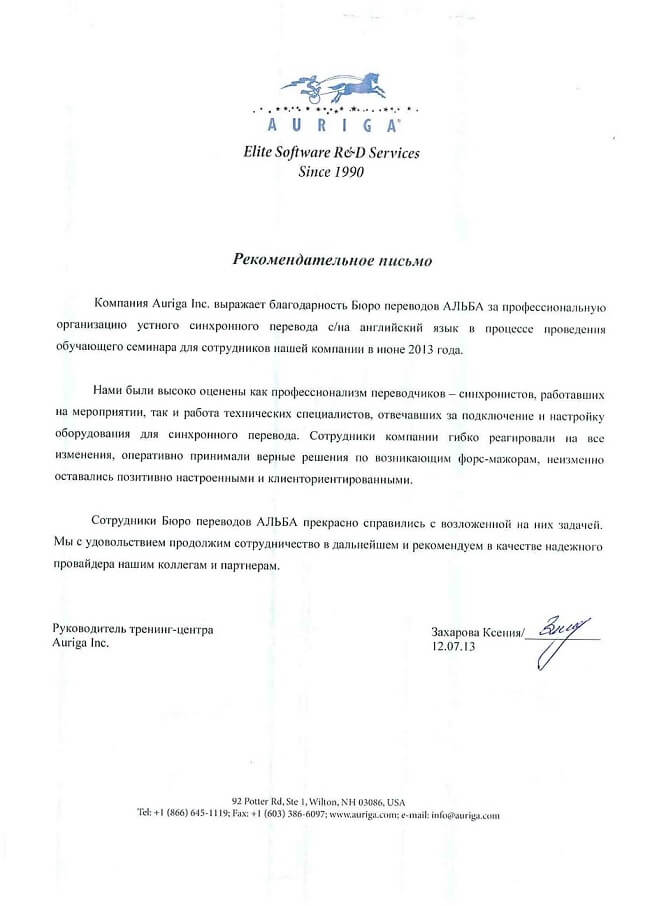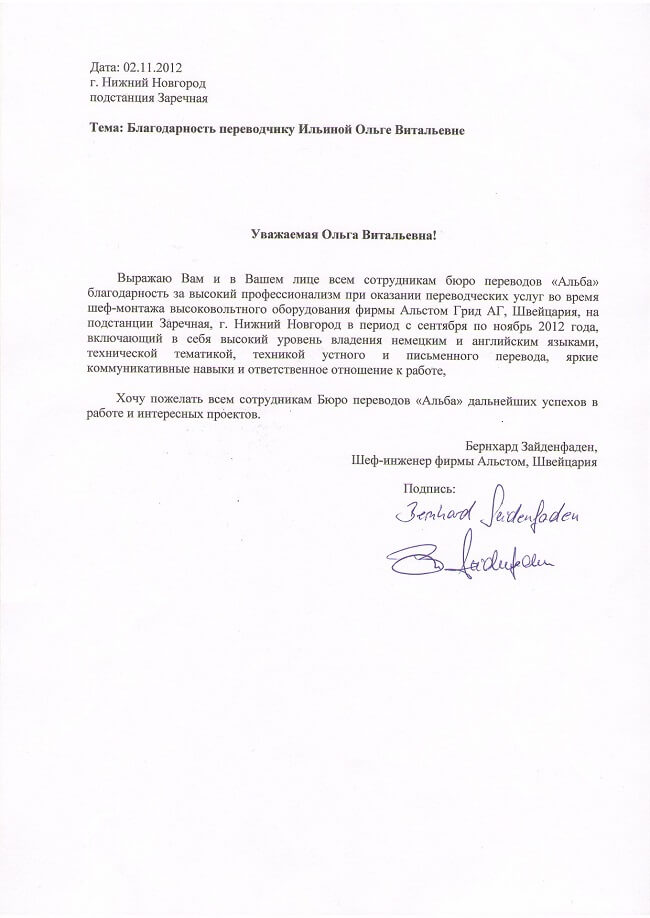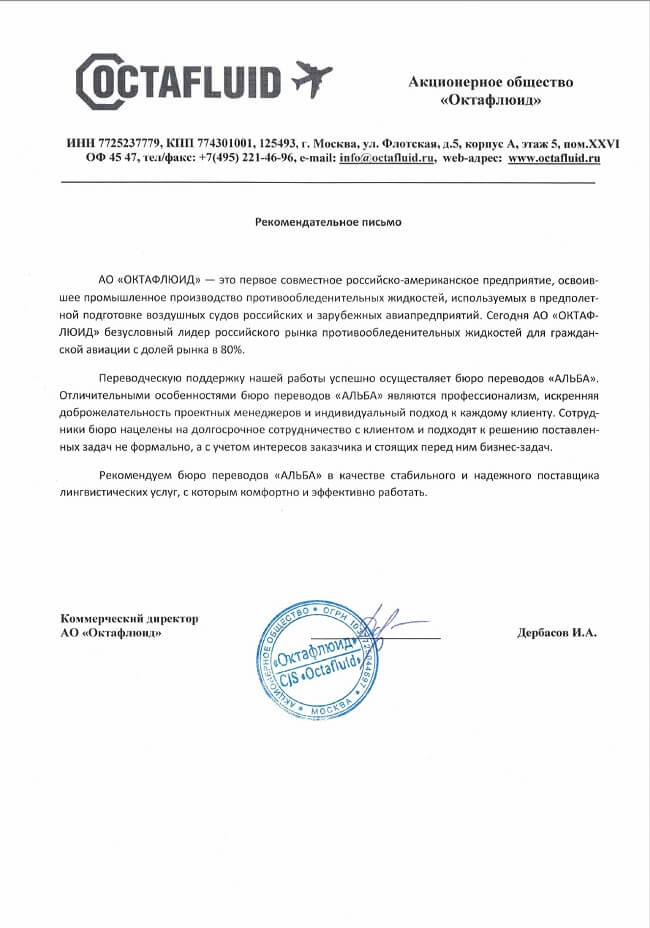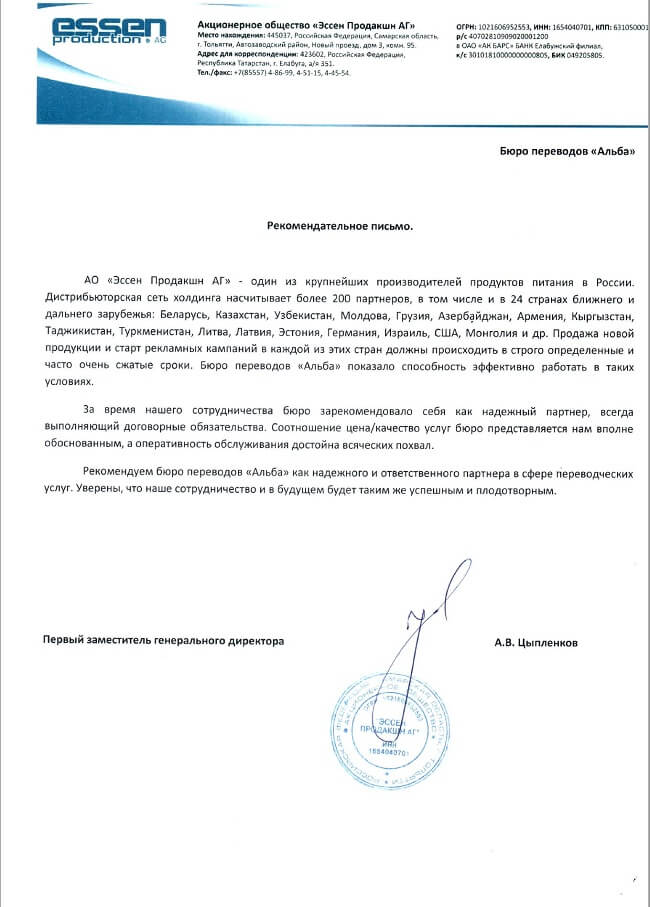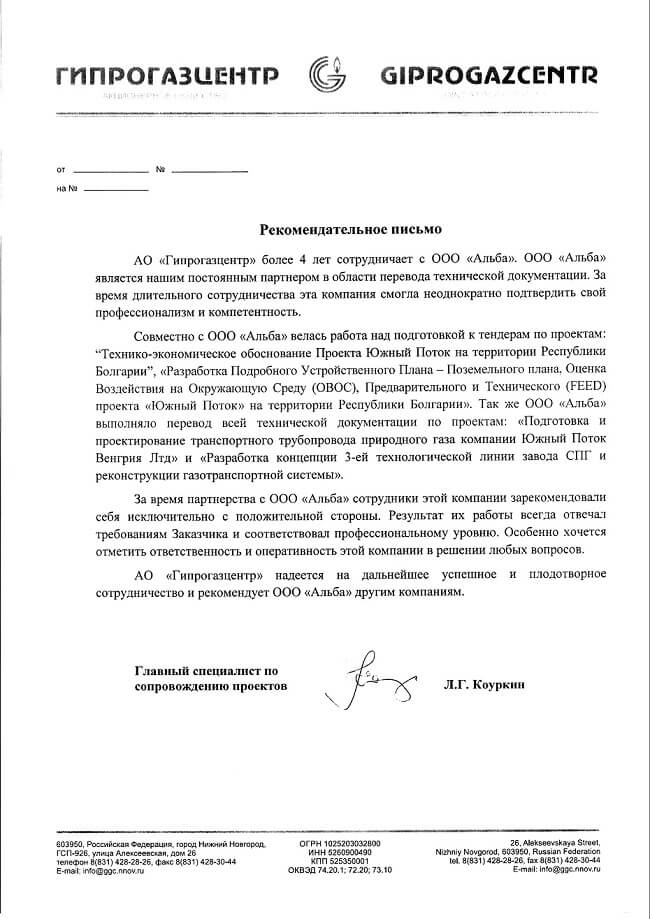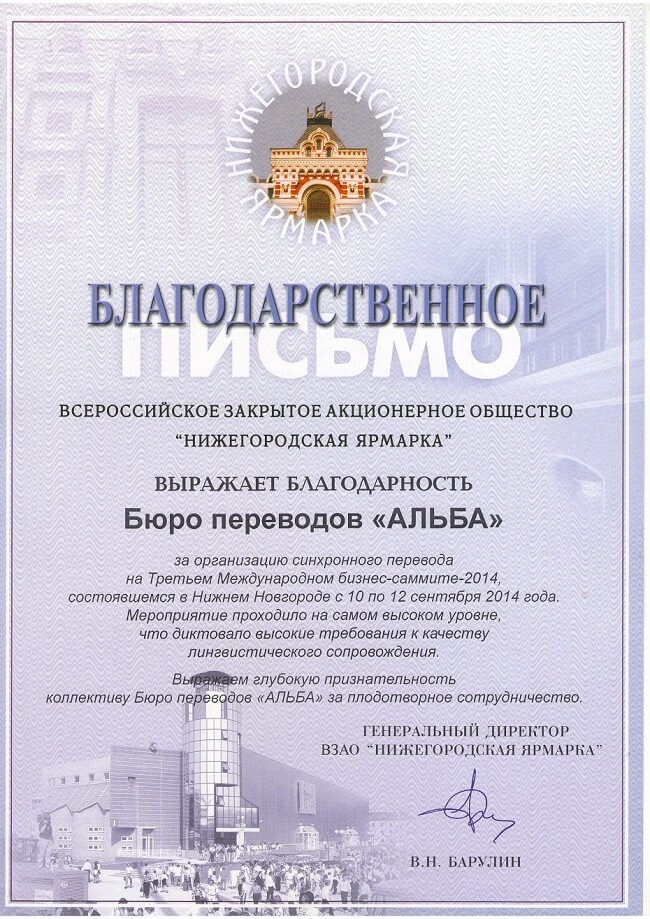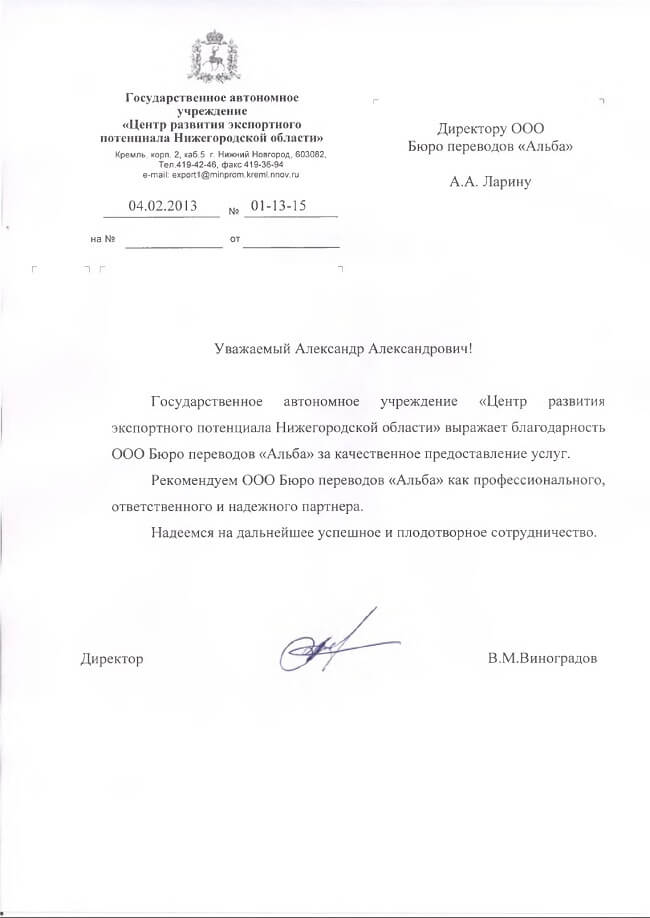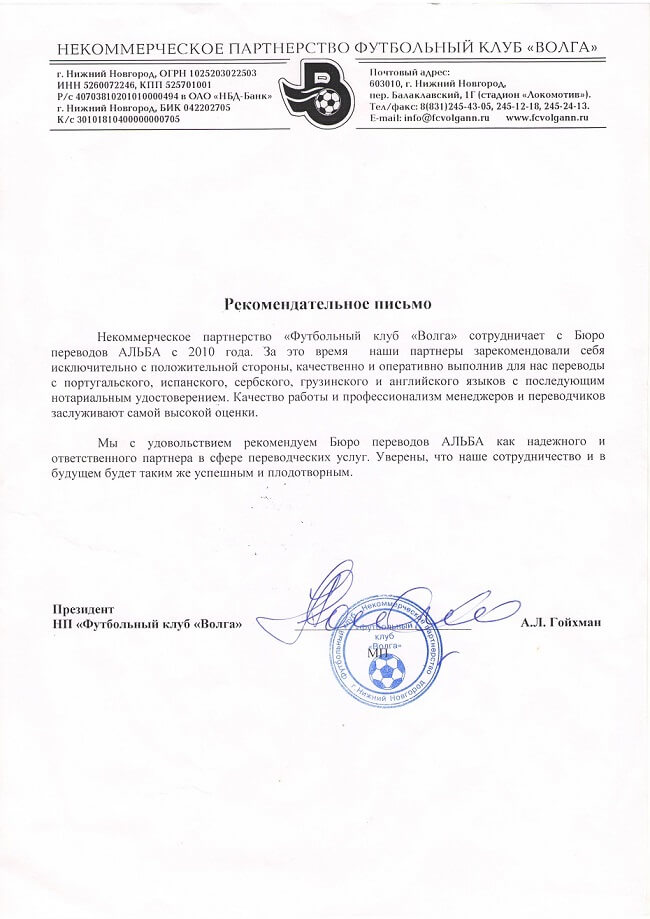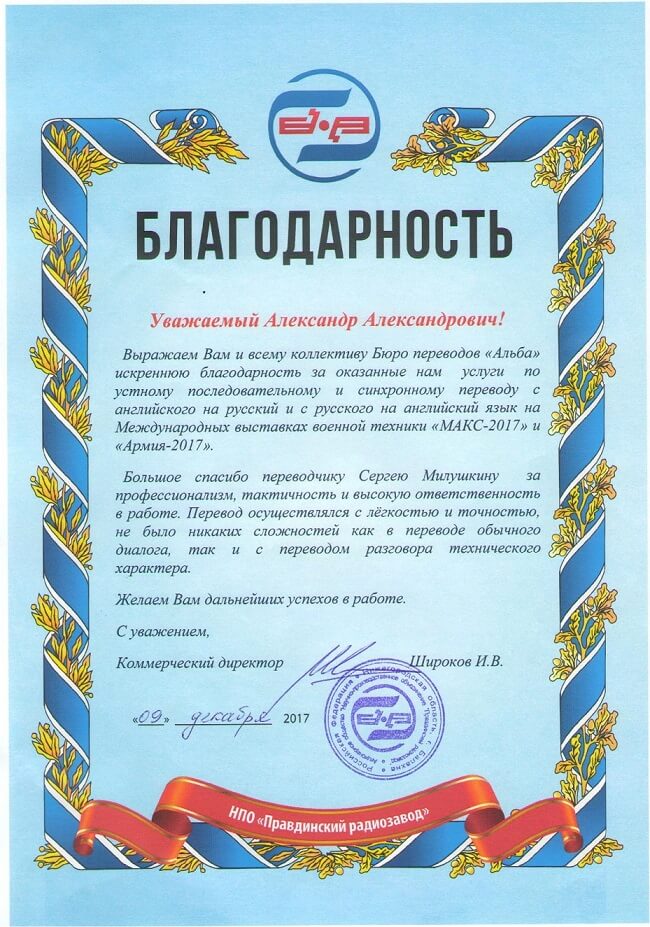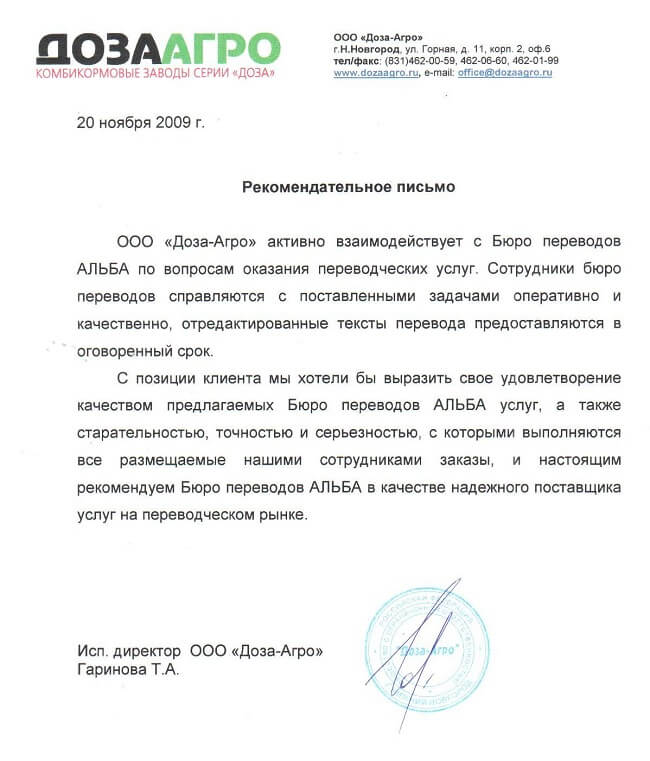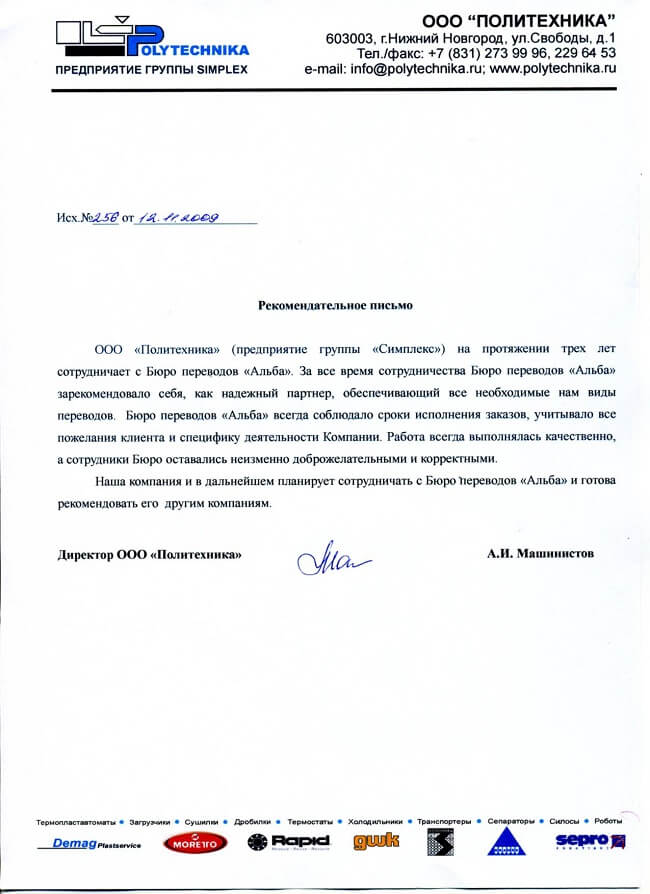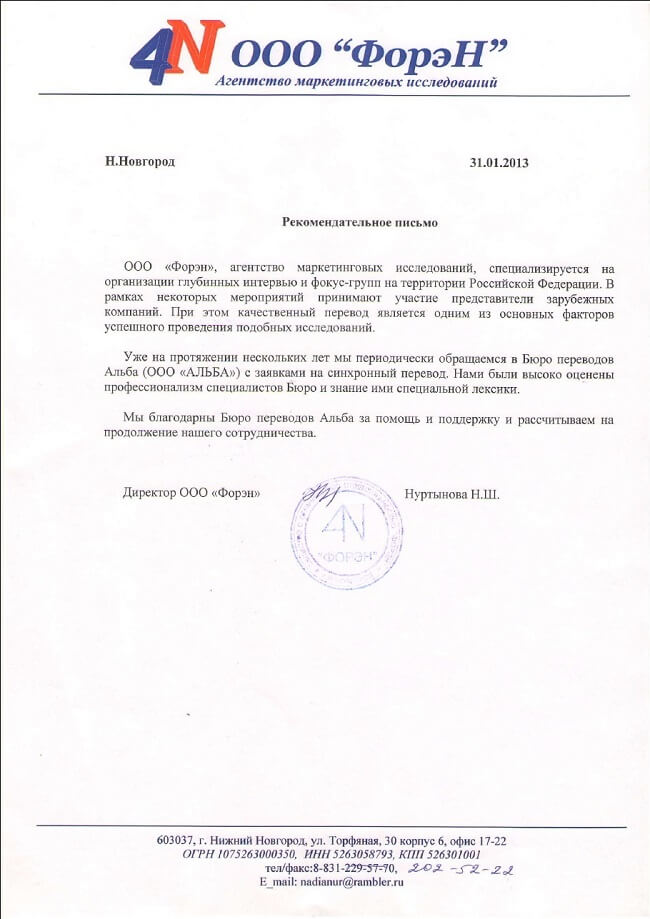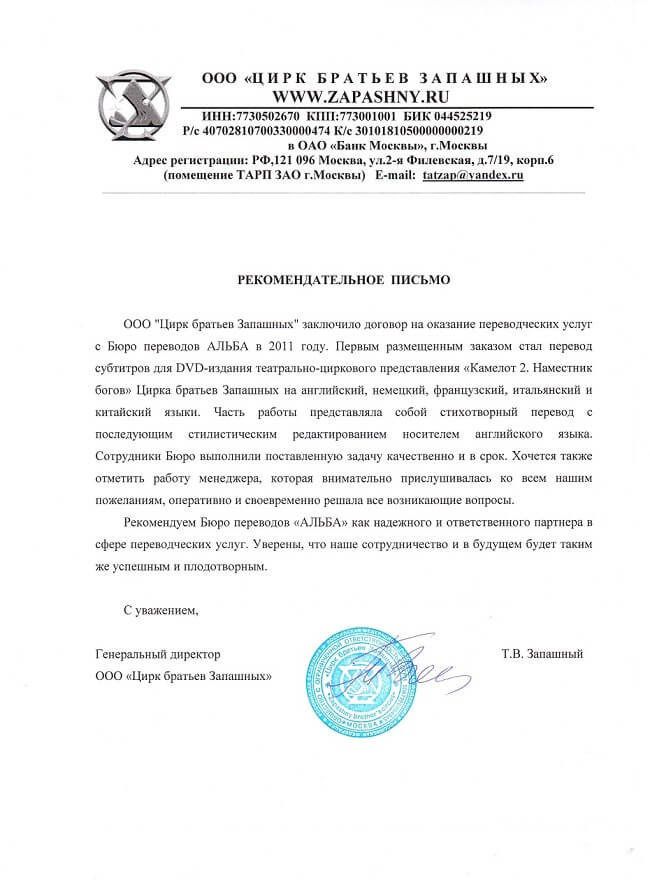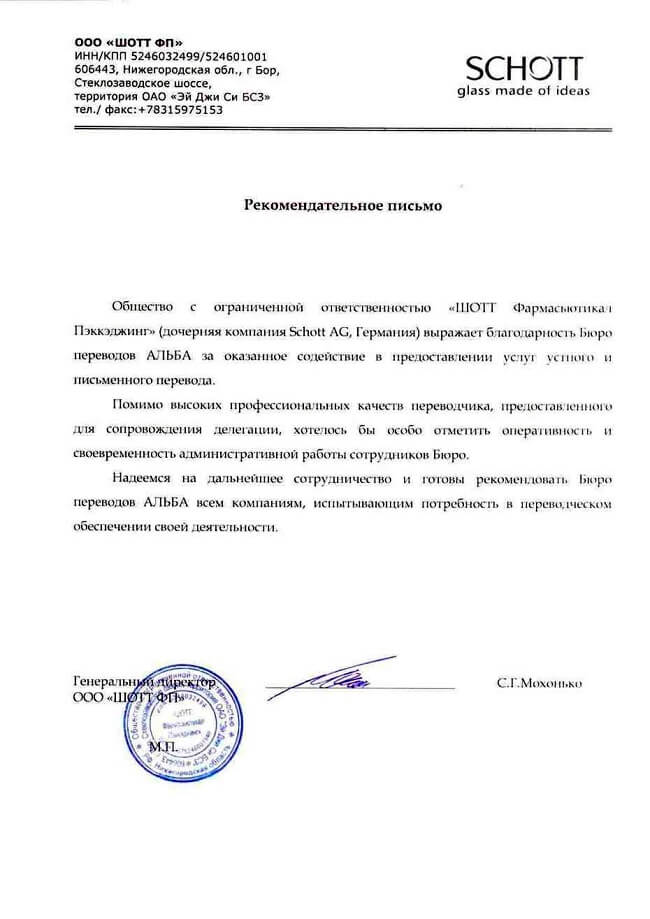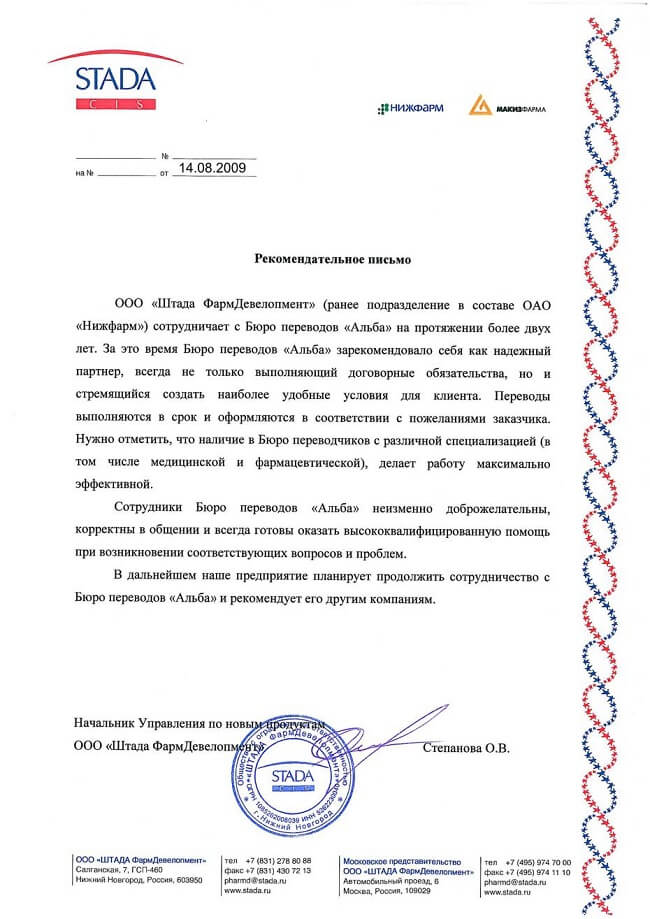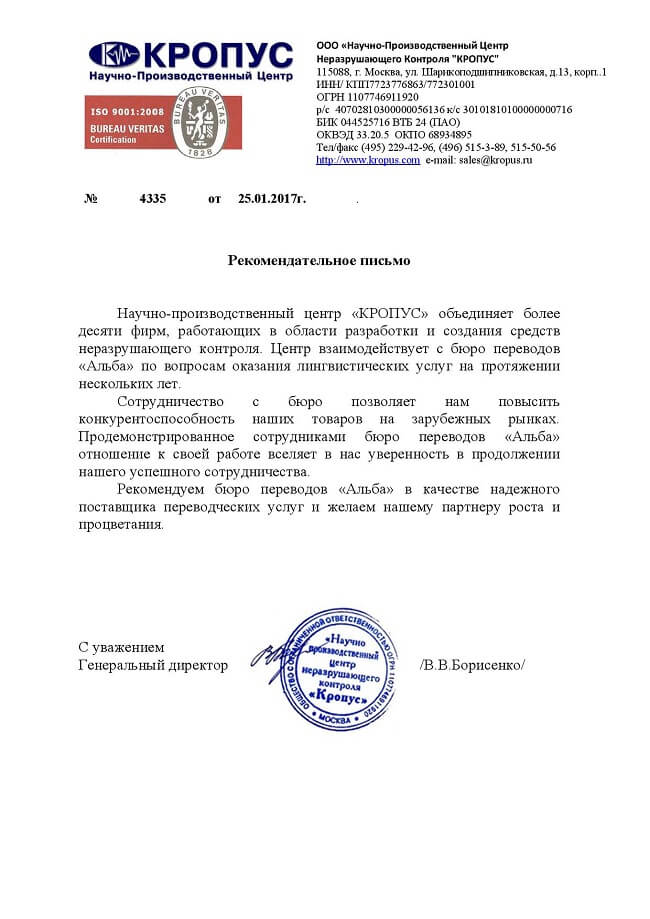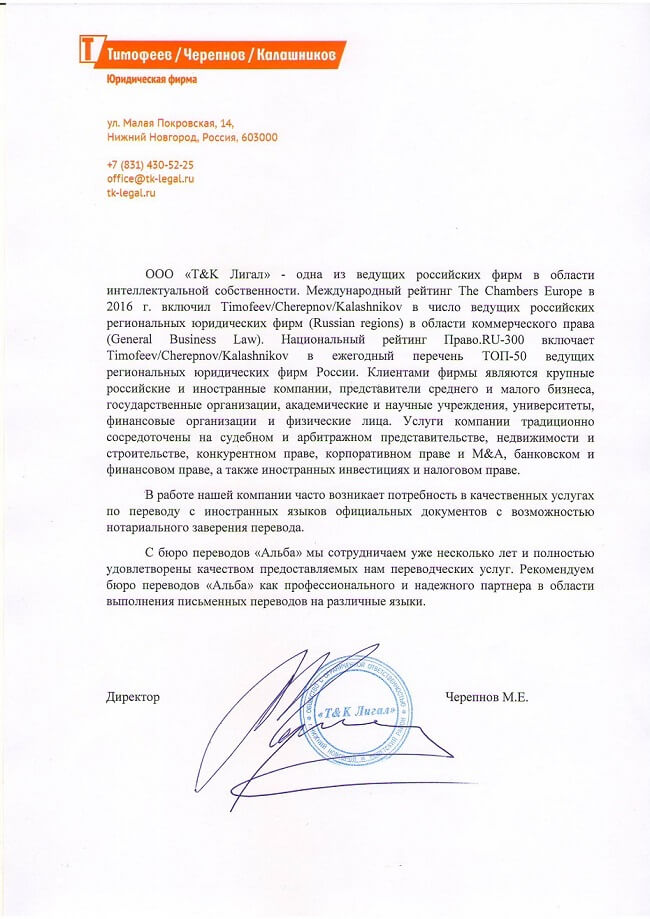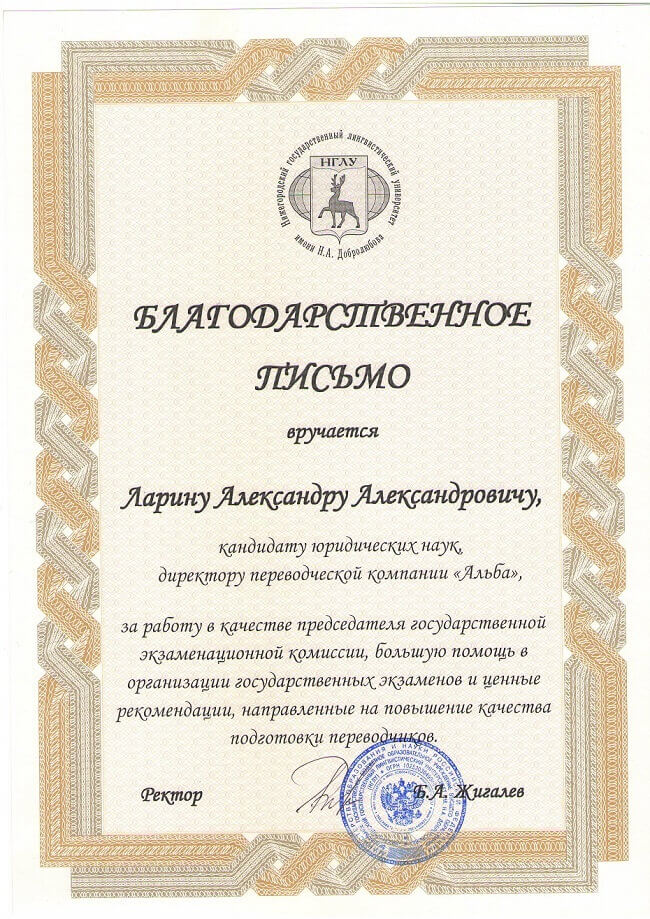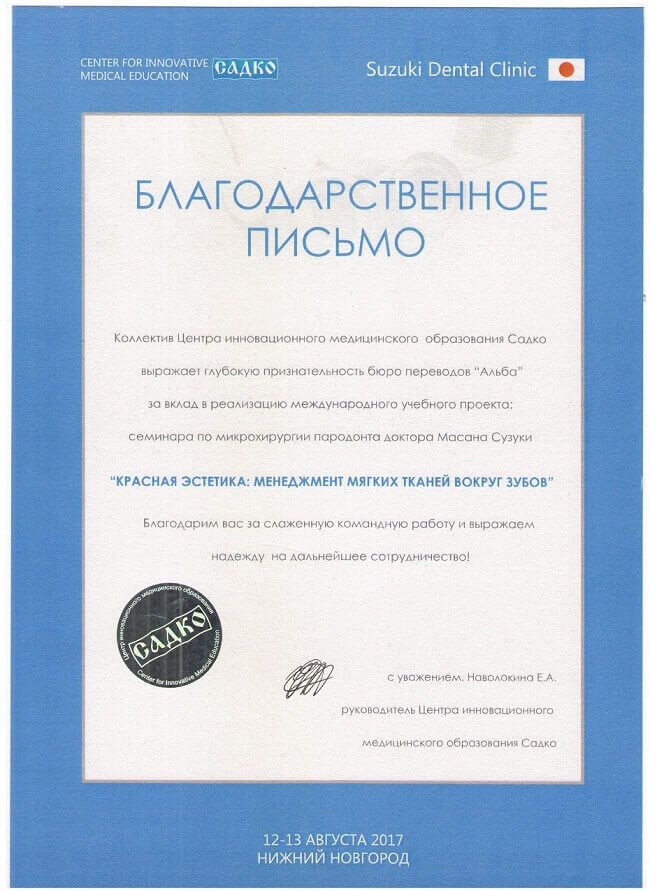Способы передачи английских антропонимов на русский язык (на материале романа Дж.Р.Р. Толкина «Властелин колец») / The Ways of English Anthroponyms Rendering Into the Russian Language (on the Material of the English Novel “The Lord of the Rings” by J.R.R. Tolkien)
Исмагилова Рита Рамазановна – студентка 4 курса кафедры иностранных языков педагогического факультета, Сибайский институт (филиал) Башкирского Государственного университета, Республика Башкортостан, г. Сибай, Россия
Ахметзадина Зульфия Рауилевна – кандидат филологических наук, доцент кафедры иностранных языков педагогического факультета, Сибайского института (филиал) Башкирского Государственного университета, Республика Башкортостан, г. Сибай, Россия
Статья подготовлена для публикации в сборнике «Актуальные вопросы переводоведения и практики перевода».
Names constitute a considerable part of vocabulary of any languages. Proper names reflect history, religious beliefs and culture of the country they belong to. Foreign proper names rendering is a complex and multifaceted problem. It is associated with numerous misunderstandings, curious incidents and mistakes. However, it is important to understand that the cause of them is not only lacks in translators’ knowledge, but some deep reasons, peculiar to proper names as a phenomenon of interlingual communication [2, с. 14].
J.R.R. Tolkien’s masterpiece is an epic high fantasy novel representing an original phenomenon in the world literature of the XX century. In his work proper names absorbed the tendencies of different epochs and strike everybody by their poetry.
Thus, the main aim of the present article is to analyze the ways of anthroponym rendering in the novel “The Lord of the Rings” and to highlight some tendencies that could be useful for any translator.
In modern linguistics proper names are often defined as “naming” lexical units in contrast with common nouns, which are considered to be the signifying lexical units. In other words, the main function of proper names is nominative, intended for distinction of objects of the same type [6, с. 153]. In general, proper names cover several categories: names of persons (anthroponym), animals (zoonym), companies, geographical places (toponym), natural disasters and others.
Every writer uses proper names in accordance with his creative method and concrete ideological and artistic tasks in the literary work. According to M.V. Gorbanevskiy, “names and denominations are integral elements of the form of literary work, summand of the writer’s style, one of means which creates an image. They can bear a strongly marked semantic message, possess a hidden associative background and have a special sound look. Names and denominations can convey local colour, reflect the historical epoch, to which action of work of literature belongs to, possess a social reference” [1, с. 4].
Historically, the most works in onomastics have been to the areas of place and personal names. Among proper names one of the main places that occupy peoples’ denomination is an anthroponym. The word is derived from the Greek word ‘anthropos’ which means man, mankind or person and ‘anoma’ means name. Anthroponyms are various denominations of people: personal names, surnames, patronyms, clan names, euthnonyms, pseudonyms and nicknames.
It is very important for the translator to choose the right way of proper name’s rendering in order to avoid unreasonable semantic losses in translation. A.V. Fedorov singles out 5 ways of proper names rendering: transcription, transliteration, calque translation, creation of semantic neologism and approximate translation. Translation of culture-specific vocabulary: calque, descriptive and mixed translation (transcription and semantic translation) [12, c. 141].
Transliteration – is a formal literal reconstruction of initial word unit with the help of the alphabet of an original language, literal imitation [3, c. 63]. For example: Bandobras Took (Бандобрас Тук), Meriadoc (Мерриадок), Adelard (Аделард), Bill (Билл), Boffin (Боффин), Legolas (Леголас), Glorfindel (Глорфиндель), Galadriel (Галадриэль), Gorbadoc (Горбадок), Aragorn (Арагорн).
Transcription – is a transfer of sounds of a foreign word on the level of phonemes. Transcription introduces an appropriate realia into the text of translation approaching it to the original phonetic form. For example: Brandybuck (Брендибак), Noakes (Ноукс), Gamgee (Джемджи, Гэмджи), Gandalf (Гэндальф), Sam (Сэм), Sancho (Санчо), Luthien (Лютиэнь), Took (Тук).
Calque (loan-translation) – is a reproduction not of a sound, but of a combinatorial structure of the word or word combination, when the constituent parts of the word or phrase are translated by corresponding elements of the original language [3, с. 88]. It is used when it is necessary to create in the translating language a unit with an understandable inner form and at the same time preserves the elements of the unit’s form and function. For instance, the English word Fairbairns is calqued with a modification of both semantic meaning of the word fair and general transformation –Золотороды, Благодеты, Чистошерсты. Some cases require both morphological and syntactical transformations: Bracegirdle – Толстобрюхлы, Тугобрюхи, Помочь-Лямкинсы, Опоясни. If the words, the meaning of which cannot be translated, are included in the name a mix type is used, though on the whole the principle of calque is preserved: Butterbur Barliman – Баттерс Медовар.
Creation of neologism is a creation of a new word or a word-combination by a translator to render a semantic content of realia. It is used because of the absence of word correspondence in the target language or a desire of the translator to emphasize this or that character [12, c. 152]. For example: Gamgee (Скромби), Gaffer (Жихарь), Glorfindel (Всеславур), Goodbodies (Дороднинги), Grubbs (Ряшлы), Underhill (Накручинс).
Approximate translation is a method in which a notion is searched for the designation of a foreign name in the target language, and though it does not coincide completely with the initial one, but has a considerable semantic similarity and is able to disclose the essence of a phenomenon [4, c. 64]. The advantage of an approximate translation is its clarity. A reader deals with habitual and well-known notions. For example: Baggins (Торбинс), Barliman (Лавр; Медовар), Maggot (Бирюк), Proudfoots (Большеноги).
In spite of the predominating role of transcription and calque translation, in a real practice the translators use the combinations of various ways, i.e. a mixed translation. For example, the combination of transcription and semantic translation (Butterbur Barliman – Баттерс Медовар; Gollum – Голлум; Elrond – Элронд; Celeborn – Келеборн).
The material for present analysis comprises 60 anthroponyms translated from English into Russian by four translators: V.S. Muravyev and A.A. Kistyakovskiy, A.V. Nemirova, N.V. Grigoryeva and V.I. Grushetskiy and V.A. Matorina.
Let us consider the names of main characters and the most strongly marked names of the novel.
|
Selection of proper names from the novel “The Lord of the Rings” |
|
|
Types of anthroponyms |
Names |
|
Personal name
|
Adelard; Bilbo; Bandobras; Isengrim; Frodo; Meriadoc; Tobold; Gandalf; Peregrin; Sauron; Celeborn; Galadriel; Ham (Hamfast); Holman; Sam (Samwise); Old Noakes; Daddy; Drodo; Primula; Gorbadoc; Otho; Lobelia; Everard; Melilot; Odo; Rory; Esmeralda; Ted; Folco; Fredegar; Sancho; Milo; Dora; Angelica; Hugo; Hal; Saruman; Gil-galad; Sméagol; Déagol; Aragorn; Gildor Inglorion; Barliman; Gimli; Legolas; Gandalf; Arwen; Denethor; Harry; Bill; Glorfindel; Lúthien; Goldilocks; Will; |
|
Surname
|
Took; Baggins; Brandybucks; Hornblower; Sackville-Bagginse; Gamgee; Twofoot; Boffins; Grubbs; Chubbs; Burrowses, Bolgers, Bracegirdles, Brockhouses, Goodbodies, Hornblowers; Proudfoots; Sandyman; Maggot; Oldbuck; Butterbur; Ferny; Appledore; Cotton(s); Goatleaf; Hayward; Heathertoes; Thirstlewool; Whitfoot; |
|
Clan name
|
Tooks; Brandybucks; the Puddifoots; the Bucklanders; Fairbairns; |
|
Patronym
|
Bandobras Took son of Isengrim the Second; Frodo son of Drogo; Isildur Elendil’s son; Aragorn, son of Arathorn; |
|
Nickname
|
Bullroar; Gandalf the Grey, the Wizard; Oakenshield; Gaffer; Merry; Pippin; Gollum; Black Riders; Saruman the White; Sauron the Great, the Dark Lord; Ringwraiths; Gil-galad, Elven-king; Elrond Halfelven; Black Riders; old Farmer Maggot; Exiles; Gorhendad Oldbuck, the Master of the Hall; old Tom Bombadil, the master of wood, water and hill; Goldberry, the river- daughter; the great Willow;
|
|
Ethnonym
|
Harfoots; Stoors; Fallohides; Hobbits; Dwarves; Elves (High Elves, Wood Elves); Men; Orcs; trolls; Mortal Men; The Wood-elves; the Big People; Westernesse; Dunedain; the Númenóreans; the Barrow- wights; |
|
Pseudonym
|
Mr. Underhill; Strider; |
We have held the comparative analyses of the ways of anthroponym rendering in the works of different translators (see the appendix).

The ways of anthroponym rendering
It has been found out that in most cases one and the same anthroponym is translated differently and various ways of rendering are used. After data processing we get the following results: calque – 36%, transliteration – 13%, transcription – 16%, assimilating translation – 27% and creation of neologism – 8%. Thus, the ways of calque and assimilating translation are of often use, because in the fiction texts, especially in the fantasy genre, “speaking” names do not lose their meaning and names, translated with the help of these methods call forth the same associations as in the original.
Thus, we have come to the conclusion that the translators render anthroponyms in different ways. Though they translated one and the same text, their translations differ from each other. Every translator rendered the given anthroponyms in their own way, using his/her own style, which reflected on the anthroponym rendering.
REFERENCES
1. Горбаневский, М. В. Ономастика в художественной литературе: Филологические этюды. – М., 1988.
2. Ермолович, Д.И. Имена собственные на стыке языков и культур. – М.: Валент, 2001. – 200 с.
3. Казакова, Т.А. Практические основы перевода. English – Russia – Серия: Изучаем иностранные языки. – СПБ: «Издательство Союз», 2001. – 320 с.
4. Латышев, Л.К., Семенов, А.Л. Перевод: теория, практика и методика преподавания. – М., 2003.
5. Матвеева, Т.В. Полный словарь лингвистических терминов / Т.В. Т.Ватвеева – Ростов-на-Дону: Феникс, 2010. – 562 c.
6. Суперанская, A.B. Общая теория имени собственного. – М., 1973. – 368 c.
7. Толкин, Дж. Р.Р. Властелин колец. Хранители Кольца. Книга 1 / Перевод с англ. А.В. Немировой – М.: АСТ, 2004.
8. Толкин, Дж. Р.Р. Властелин колец. Часть I. Братство Кольца. / Перевод с английского Н. Григорьевой, В. Грушецкого. – Л.: Северо-Запад, 1991.
9. Толкин, Дж. Р.Р. Руководство по переводу имен собственных из „Властелина Колец“.– Origin: www.tolkien.ru
10. Толкин, Дж. Р.Р. Содружество кольца // Перевод с английского В.А. Маториной. – Хабаровск: Амур, 1991.
11. Толкин, Дж. Р.Р. Хранители: Летопись первая из эпопеи “Властелин Колец” / Сокр. пер. с англ. А. Кистяковского и В. Муравьева – М.: Дет. лит., 1982.
12. Федоров, А.В. Основы общей теории перевода (лингвистические проблемы): Для институтов и факультетов иностр. языков. Учеб. пособие. – 5-е изд. – СПб.: Филологический факультет СПбГУ; М.: ООО «Издательский Дом «ФИЛОЛОГИЯ ТРИ», 2002. – С. 141.
APPENDIX
|
Translators anthroponyms |
V.S. Muravyev and A.A. Kistyakovskiy |
A.V. Nemirova |
N.V. Grigoryeva and V.I. Grushetskiy |
V.A. Matorina |
|
1. Adelard |
Аделард |
Эделяр |
Аделард |
Аделярд |
|
2. Angelica |
Анжелика |
Вероничка |
Ангелика |
Анжелика |
|
3. Appledore |
Яблочко |
Паппарот |
Дичок |
Яблочко |
|
4. Baggins |
Торбинс |
Торбинс |
Сумникс |
Торбинс |
|
5. Barliman |
Лавр |
Бурлимон |
Суслень |
Медовар |
|
6. Bill Ferny |
Бит Осинник |
Билл Терни |
Билл Хвощ |
Билл Хвощ |
|
7. Boffin |
Булкинс |
Мудренс |
Умникс |
Боффин |
|
8. Bolger |
Бобберы |
Бульберы |
Пузиксы |
Болджер |
|
9. Bracegirdles |
Тостобрюхлы |
Распояссы |
Помочь-Лямкинсы |
Тугобрюхи |
|
10. Brandybuck |
Брендизайки |
Брендизайки |
Брендискоки |
Брендибаки |
|
11. Brockhouse |
Барсуксы |
Нор-Бобринги |
Бобровники |
Барсучинсы |
|
12. Bullroarer |
Быкобор |
Бычий Рев |
- |
Бычеглас |
|
13. Burrowses |
Глубокопы |
Норкопаллы |
Кротты |
Закопансы |
|
14. Butterbur |
Наркисс |
Барбарис |
Маслютик |
Баттерс |
|
15. Celeborn |
Селербэрн |
Келеборн |
Келеберн |
Келеборн |
|
16. Chubbs |
Ейлы и Пойлы |
Неряшлы |
Хрюклы |
Жуйлы |
|
17. Cotton(s) |
Кроттоны |
Шерстоны |
Недоселки |
Норкинсы |
|
18. Denethor |
Денэтор |
Денетор |
Денетор |
Дэнетор |
|
19. Esmeralda |
Замиральда |
Эсмеральда |
Эсмеральда |
Эсмеральда |
|
20. Fairbairns |
- |
Чистошерсты |
Очарованы |
Золотороды |
|
21. Fatty Lumpkin |
Хопкин-Бобкин |
Брыкинс |
Толстогоркин |
Пончик |
|
22. Frodo |
Фродо |
Фродо |
Фродо |
Фродо |
|
23. Gaffer |
Жихарь |
Старик |
Старичина |
Дед |
|
24. Galdor |
Гэлдор |
Гэлдор |
Гэлдор |
Гальдор |
|
25. Gamgee |
Скромби |
Джемджи |
Гэмджи |
Гэмджи |
|
26. Gandalf |
Гэндальф |
Гэндальф |
Гэндальф |
Гэндальв |
|
27. Gildor |
Гаральд |
Гилдор |
Гилдор |
Гилдор |
|
28. Gil-galad |
Гил-Гэлад |
Гил-Гэлад |
Гил-Гэлад |
Гил-Гэлад |
|
29. Glorfindel |
Всеславур |
Глорфиндель |
Глорфиндейл |
Глорфиндэл |
|
30. Goatleaf |
Козельник |
Конопли |
Каприфоль |
Козлист |
|
31. Goldberry |
Золотинка |
Золотинка |
Златеника |
Золотая Ягодка |
|
32. Goldilocks |
Лютик |
Златовласка |
Злата |
Златовласка |
|
33. Goodbodies |
Дороднинги |
Брюхстоны |
Сдобкинсы |
Пышнинги |
|
34. Gollum |
Горлум |
Горлум |
Горлум |
Голлум |
|
35. Grubbs |
Ройлы |
Ряшлы |
Рытлы |
Рылсы |
|
36. Harry |
Гори |
Хэрри |
Гарри |
Гарри |
|
37. Hayward |
Колоток |
Скирдинг |
Сеновал |
Сеногрыз |
|
38. Heathertoes |
Верескор |
Верескилл |
Верескун |
Верескун |
|
39. Holman |
Норн |
Норкман |
Хаткинс |
Холман |
|
40. Hornblower |
Дудстон |
Трубац |
Дудкинс |
Дудлинг |
|
41. Hugo |
Гуго |
Гуго |
Хуго |
Гуг |
|
42. Isengrim |
Изенгрим |
Изенгрим |
Изенгрим |
Исенгрим |
|
43. Legolas |
Леголас |
Леголас |
Леголас |
Леголас |
|
44. Lobelia |
Любелия |
Герания |
Лобелия |
Лобелия |
|
45. Lúthien |
Лучиэнь |
Лючиэнь |
Лучиэнь |
Лютиэнь |
|
46. Maggot |
Бирюк |
Чуддик |
Мэггот |
Мотыль |
|
47. Melilot |
Мелирот |
Мелисса |
Мелисса |
Мелилота |
|
48. Noakes |
Сдубень |
Нукс |
Нетак |
Ноукс |
|
49. Peregrin, Pippin |
Перегрин, Пин |
Перегрин, Пин |
Перегрин, Пиппин |
Перегрин, Пин |
|
50. Proudfoots |
Шерстопалы |
Мохностопы |
Большеноги |
Мохнолапы |
|
51. Rushlight |
Тростняк |
Водокрасс |
Тростинник |
Тростняк |
|
52. Sam |
Сэм |
Сэм |
Сэм |
Сэм |
|
53. Sandyman |
Пескунс |
Пескоман |
Песошкинс |
Песокс |
|
54. Strider |
Бродяжник |
Шатун |
Колоброд |
Скиталец |
|
55. Thirstlewool |
Чертополокс |
Репейнинг |
Шерепей |
Репейникс |
|
56. Took |
Крол |
Тук |
Тук |
Тук |
|
57. Twofoot Daddy |
папаша Двулап |
Триног |
Большеног Дэдди |
папаша Двупят |
|
58. Underhill |
Накручинс |
Подхолмс |
Норохолм |
Подхолмс |
|
59. Will |
Вил |
Уилл |
Вилли |
Вилли |
|
60. Whitfoot |
Тополап |
Шерстолап |
Белоног |
Белоног |














